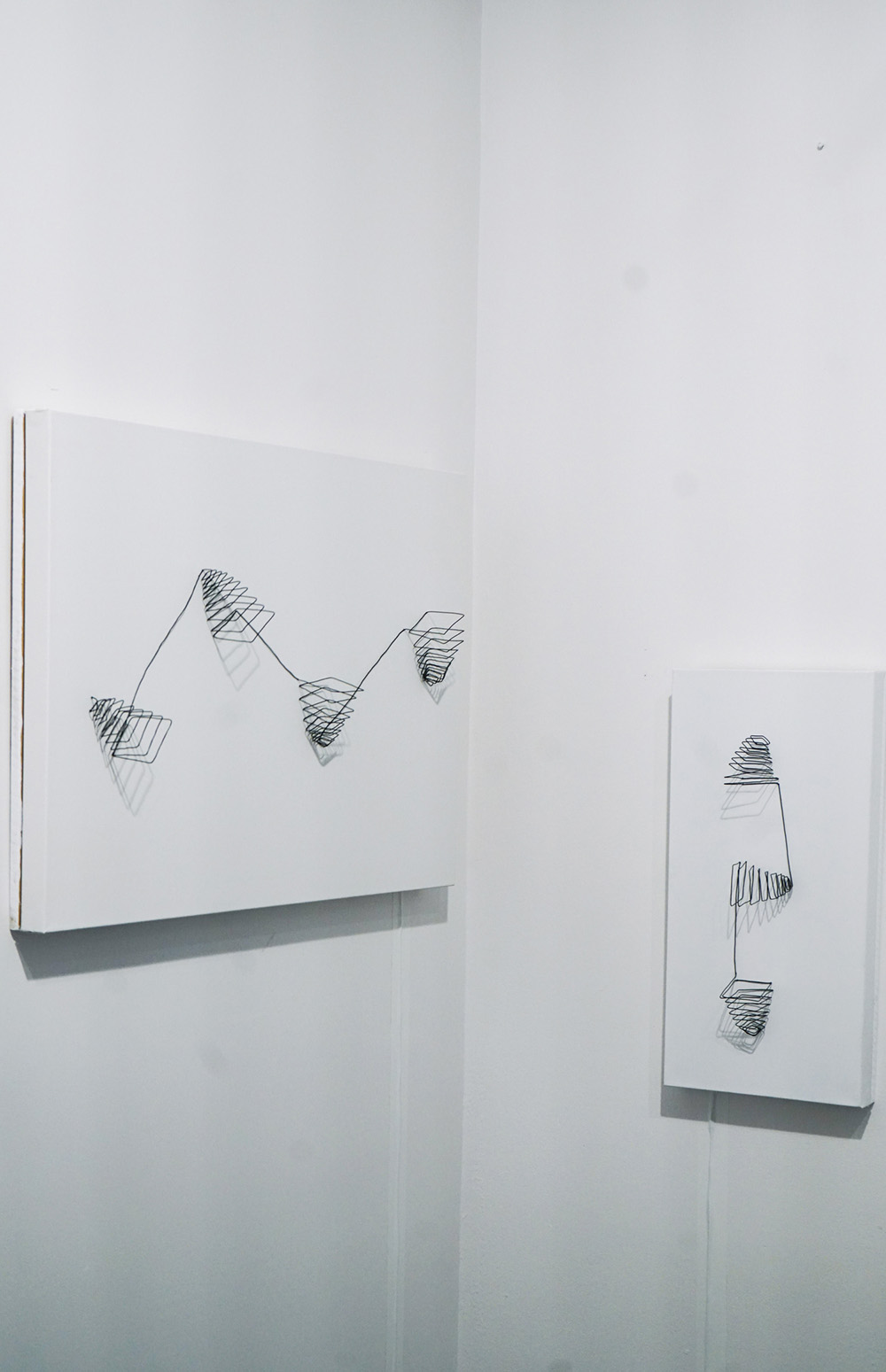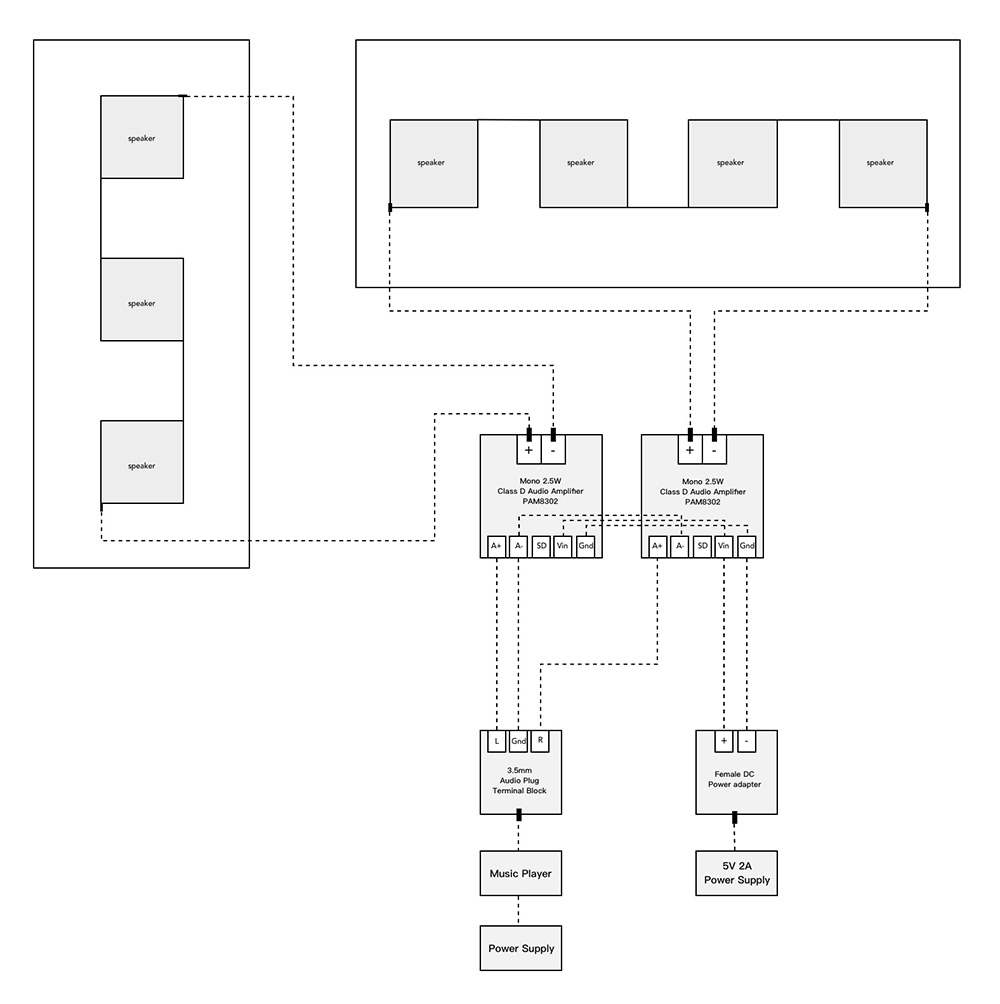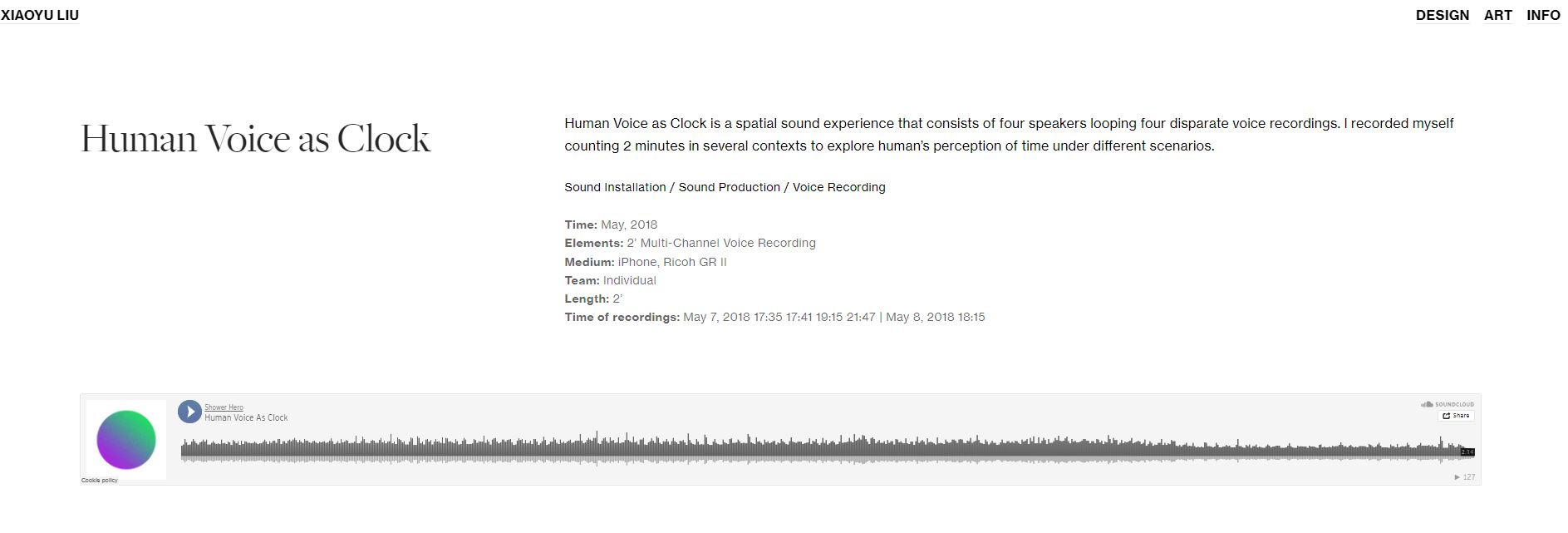Are you highly sensitive to the environment? Are your emotions driven when you are surrounded by loud sounds and bright lights? You may feel jittery, dizzy, or depressed sometimes. Xiaoyu Liu, a skilled designer and artist, transforms her sensory perception into a new level – artworks.
Hello Xiaoyu, can you please tell us more about yourself?
I was born in China and now am based in New Jersey. After earning my bachelor’s in Digital Media Technology at Beijing Language and Culture University, I came to the States to master my knowledge and skills. Graduated from Parsons with an MFA degree in Design and Technology, I started my career as a UX/UI designer. I also have a huge passion for the art area. My art style explores time and sensory perception and the notion of death under human dominance and dictatorship through the media of art installation, performance, sound, and videos.
Can you talk about your art project? What inspired you to create the work?
hEAR is a site-specific sound installation consisting of multiple handmade speakers on canvas playing a computer-generated stereo soundscape. Inspired by my response to a lifetime sensitivity and high-frequency sound, hEAR generates an aesthetics of fragility and sensibility between geometric sculpture and drawing. You can see my artworks suspended in a corner between two walls and lighted to create sharp drop shadows of their form if you are at the exhibition. The two stretched canvases – a portrait and the other is a landscape – were placed on each wall. Considering an aesthetic experience under physical constraint, I chose to place my creations at below-average ear level instead of the right height. As visitors navigate themselves to the corner, they are able to look at the delicate vibrating wire while listening to the segmental soundscape. Similar to sonic dust or environmental noise, the hearing triggers the visitors’ physiological and emotional feelings, including anxiety, timidity, and panic. This project is also an artistic metaphor for my fear and courage to face my vulnerability.


hEAR & Its System Diagram. © Xiaoyu Liu
Do you have other artwork to show us more about time and sensory perception?
I’m also interested in exploring time. To understand human perception of time under different scenarios, I started Human Voice as Clock, a spatial sound project involving four speakers in looping four disparate voice recordings. In my opinion, our life experience is nonlinear. Senses trigger flashbacks; flashbacks are extracted from memories, and memories interfere with the senses. Similarly, the experience of a lucid dream is nonlinear. These flashbacks and pieces of dreams are like an old-fashioned projector displaying intermittent frames. People can more easily recall these frames if their brains have constructed these frames sequentially. It is usually hard to distinguish what is real if this frame does not situate at a certain time point throughout our timeline. Past, present, and future are interconnected like a manifold, a convergence of multiple dimensions of time.

Human Voice as Clock. © Xiaoyu Liu
You talked about one of your focused topics in the notion of death. Can you please tell us more about it?
I noticed that humans don’t cope with grief and loss for organisms and nonliving things’ deaths. A dead butterfly or beetle doesn’t matter to us, and we mix up with each death. A death besides humans is worthless, suggesting a date and location can’t even bring value to it. In view of the rise in death rate caused by Covid-19 and my witness to every death except for humans during quarantine, I created an online graveyard for non-human dead beings. Death of Any Sort is a special project that I hope the meaning of death besides human can be visible to an observer (human), maybe in an irritating way. I want people to start thinking about: Alongside an increasing amount of time and mortality, will we regard an insect’s death as a significant one from different angles? Will those life forms’ lives be cherished by us?
You mentioned the meaningful death of an organism and a lifeless item. Do you have other projects featuring lifeless items?
Autonomous Objects is a school project which my classmate, Weilin, and I created to encourage people to rethink their relationship with daily objects through a fun and playful interaction. Martino Gamper once said, “Objects talk to us personally. Some might be more functional than others, and the emotional attachment is very individual.” We assume lifeless things have their self-consciousness, opinion, and emotion, allowing them to communicate and negotiate with the owner in their preferable manner. If any item steps out of its role, it can make its own decision and feels an emotion -just like a human.





